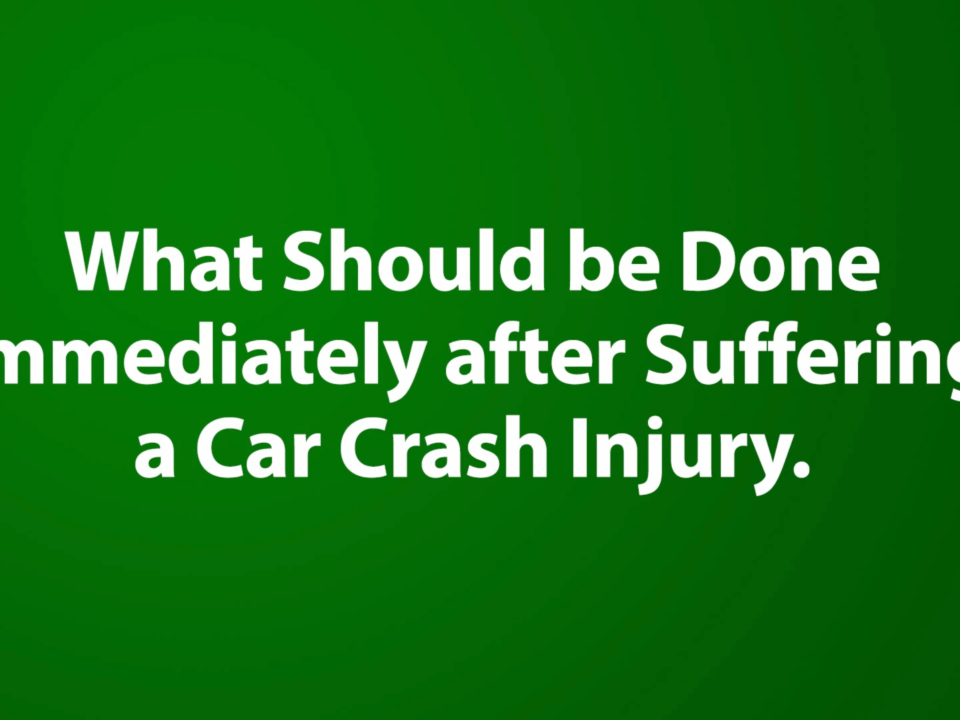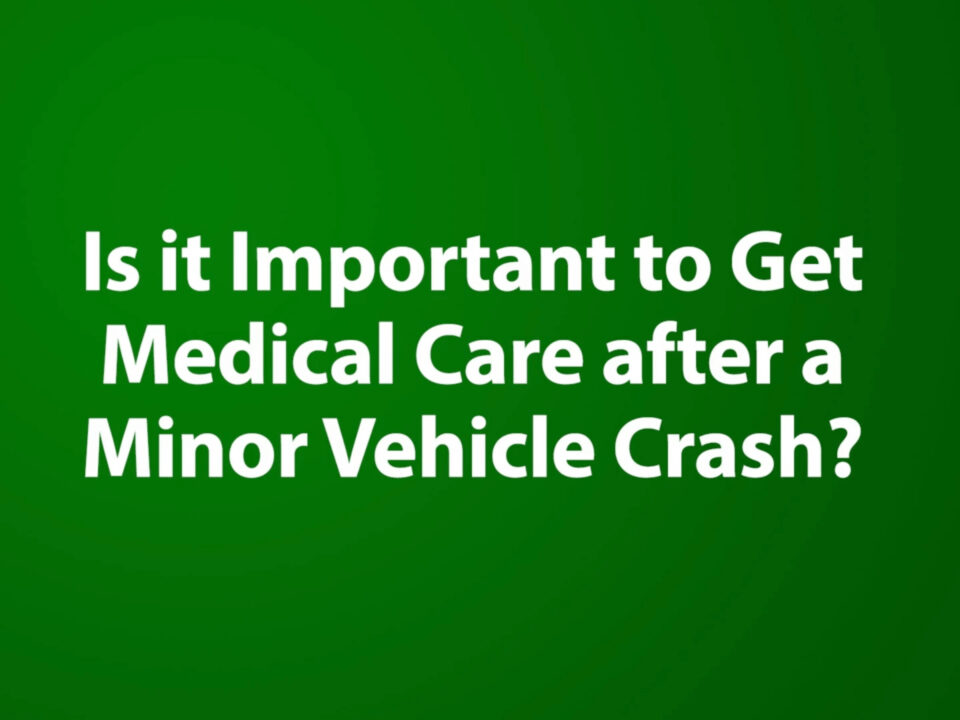
Three individuals were killed recently in a head-on collision that occurred near Redwood Falls, Minnesota. Prior to the crash, a motor vehicle operator was passing another vehicle and struck a minivan that was headed in the opposite direction. Both motor vehicle operators, as well as a one-year-old boy who was a passenger, were killed. Law enforcement is still determining exactly how the accident occurred.
Head-on collisions occur when two motor vehicles collide into the front end of each other. When these accidents occur, fatalities and serious injuries are common. The National Highway Traffic Safety Administration reports that head-on collisions occur in 13% of all rural fatal crashes while head-on collisions are responsible for less than 7% of all urban fatal collisions.
Because these accidents are common, it is often important that people understand the steps that can be taken to reduce the chances that these accidents will occur.
Steps to Decrease the Damage of a Head-on Collision
Unfortunately, some head-on collisions are inevitable despite cautionary efforts that a person may take. If you are going to avoid a head-on collision, some of the steps that you should take include the following:
- Avoid Drinking and Driving: A person should refrain from drinking alcohol or taking any type of drug while driving because this can greatly increase the chances that a head-on collision could occur.
- Check Reflectors: Reflectors on the road can inform a person about whether they are driving in the correction direction. While reflectors that are yellow or white signal that a person is headed in the right direction, reflectors that are red signal that a person is headed in the wrong direction.
- Decrease the Vehicle’s Speed: A driver should avoid losing control by braking suddenly, which can cause a vehicle to crash. Rather, a motor vehicle operator should slow down as gradually as possible.
- Pass with Care: It is important that motorists always have an ample amount of space to pass another vehicle safely. A person should never pass another vehicle if there is an oncoming vehicle in the other direction.
- Signal Clearly: Using a vehicle’s signal can inform other drivers in some cases that they are headed in the wrong direction or are likely to cause a crash.
- Steer Toward the Right: It is always better to end up veering into a ditch than striking another vehicle. By swerving to the right side of a lane, a driver increases the odds that the oncoming driver will pass them.
- Stay Prepared: Remain alert and prepared for when potential head-on collisions occur. If you begin to lean to the right as soon as you notice the potential for the accident, you can already begin to decrease your chances of being seriously harmed in an accident. To remain alert to potential head-on collisions, a person should scan his or her surroundings as well as inspect nearby road signs and markings for any indication that this type of accident might occur.
- Wear a Seat Belt: Motorists who wear seat belts can greatly prevent the risk of being thrown from a vehicle during a head-on collision.
Speak to a Personal Injury Attorney
If you are involved in a head-on collision in Minnesota, contact attorney Tim O’Keeffe, Tatum O’Brien or Sara Monson at O’Keeffe O’Brien Lyson Attorneys today for assistance by calling 701-235-8000 or 877-235-8002.



